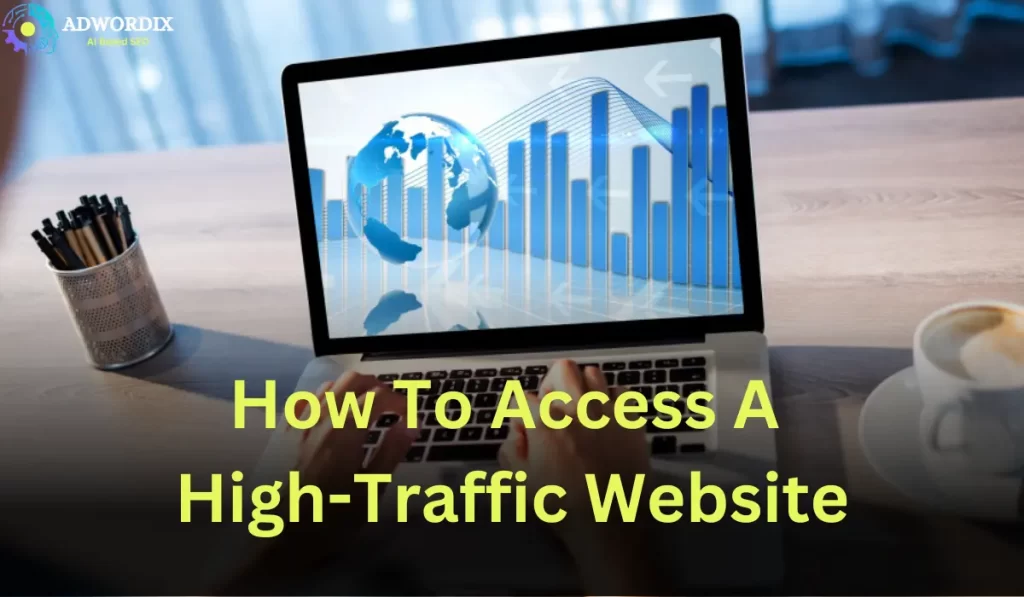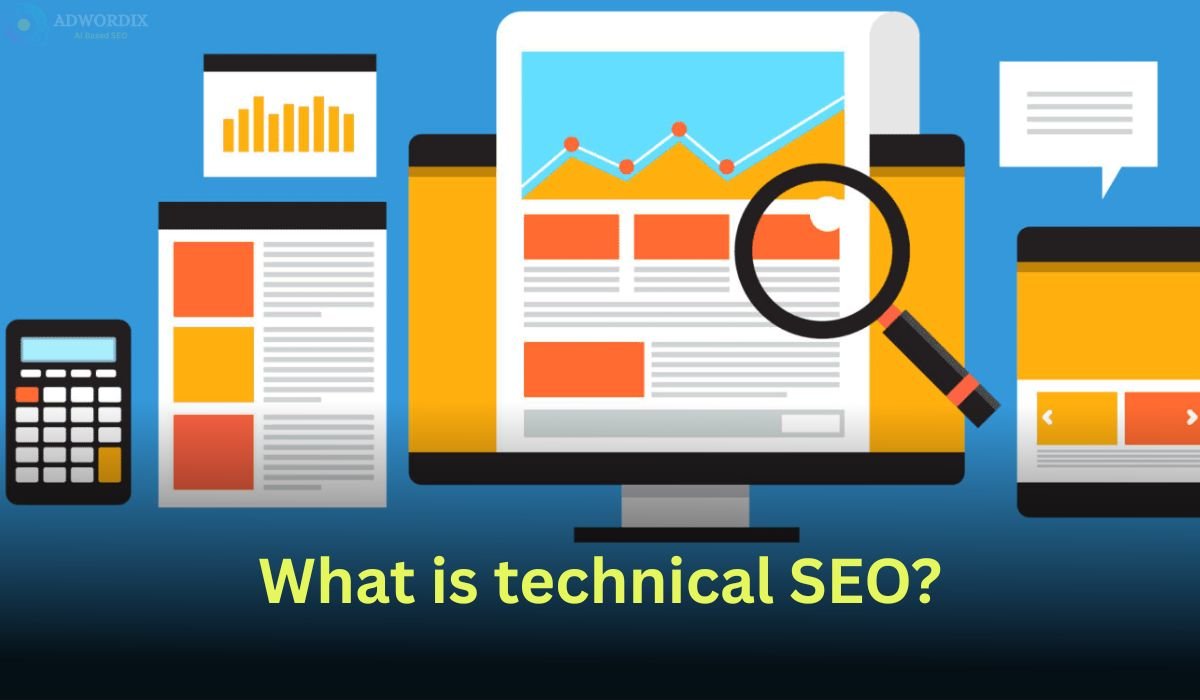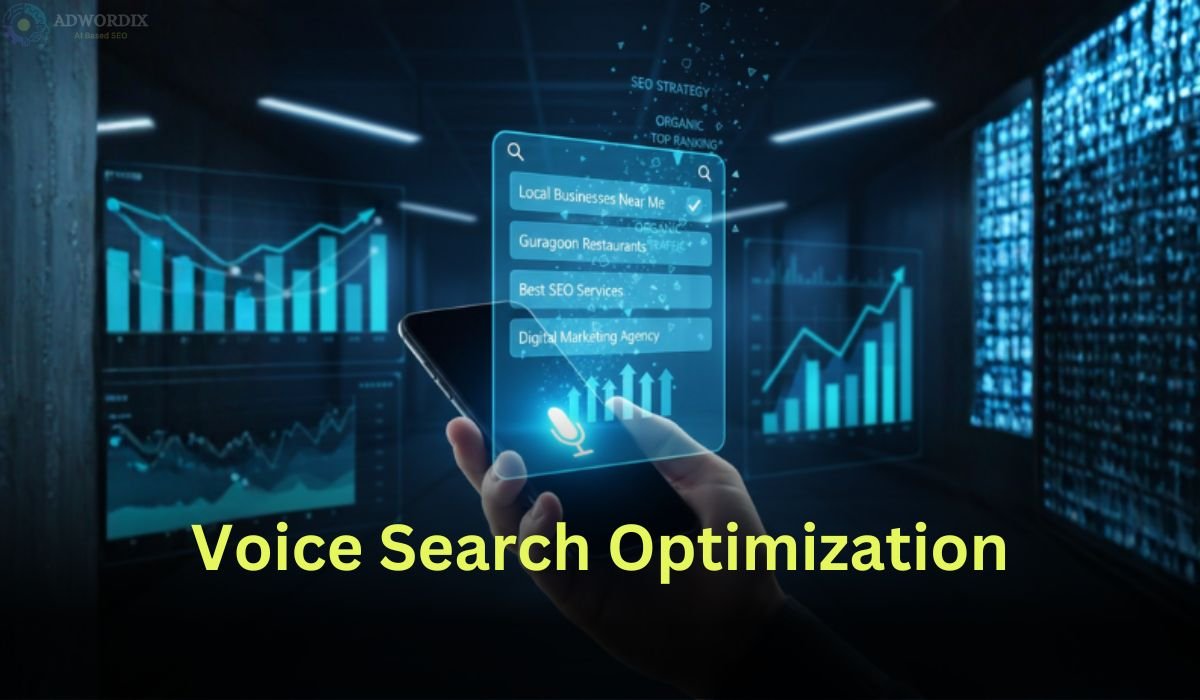Getting more visitors to your website is one of the most powerful ways to grow your online business, attract new customers, and boost brand visibility. Whether you run a blog, an online store, or a service-based website, traffic is the lifeline that drives everything forward. But building a high-traffic website isn’t just about creating a few pages and waiting for people to find them—it takes strategy, smart planning, and consistent effort.
What Is a High-Traffic Website?
A high-traffic website gets a large number of daily or monthly visitors. These websites are popular, rank well on Google, and are often shared widely across platforms like Facebook, Instagram, and LinkedIn. Accessing such websites — or creating one — can help you:
- Reach more customers
- Increase brand awareness
- Boost sales or leads.
- Build authority in your field.
Top Traffic Sources for Websites
Here’s a chart to show where most of the traffic comes from:
- Search Engines (SEO): 35%
- Social Media: 25%
- Paid Ads (PPC): 15%
- Content Marketing: 15%
- Direct & Referral: 10%
Start with Search Engine Optimisation (SEO)
SEO helps your website appear in Google search results when people search for something related to your content. With good SEO, your site becomes easier to find, and more people visit it without you having to pay for ads.
How to Improve SEO:
- Use the right keywords in your blogs and pages
- Add titles, meta descriptions, and internal links.
- Optimise images and site speed.
- Make your website mobile-friendly
Explore our SEO services to get expert help in boosting your rankings.
Use Social Media Marketing
Social platforms like Facebook, Instagram, LinkedIn, and Twitter can bring huge traffic to your website. You can share posts, run contests, or post videos to bring attention to your content.
Tips for Better Social Reach:
- Post regularly and at the right time
- Use eye-catching visuals and short videos.
- Add your website link to every post.
- Engage with users through comments and shares.
Learn more about: social media marketing and how it helps drive website traffic.
Run Pay-Per-Click (PPC) Ads
Sometimes, the fastest way to get traffic is to pay for it. Pay-per-click(PPC) means you only pay when someone clicks on your ad. This works well if you want quick results.
Platforms for PPC:
- Google Ads
- Facebook Ads
- YouTube Ads
You can target people by age, location, and interests. Check out our PPC services to create cost-effective ad campaigns.
Create Quality Content Regularly
Content marketing is one of the strongest ways to grow traffic. Blogs, videos, infographics, and guides help people find your website and stay longer. The more helpful your content, the more it gets shared.
Content Ideas That Work:
- “How-to” blog posts
- Listicles (Top 10, Best 5, etc.)
- Tips and tricks
- Customer stories and case studies
Learn more about content marketing and start building content that attracts.
Do a Full SEO Audit
A SEO audit is like a health check-up for your website. It helps you find out what’s working and what needs fixing.
What an SEO Audit Includes:
- Checking page speed
- Finding broken links
- Fixing meta titles and descriptions
- Ensuring mobile responsiveness
- Reviewing keyword usage
Collaborate with High-Traffic Sites
If you can’t build one right away, try guest posting or advertising on high-traffic websites in your niche. Many blogs accept guest posts with a link to your site. Others may allow you to post sponsored content.
How to Access High-Traffic Platforms:
- Reach out to blog owners in your industry
- Offer useful, original content.
- Ask to be featured or listed as a resource.
- Partner for webinars or podcast interviews
Focus on User Experience (UX)
Even if people land on your website, they won’t stay if it’s hard to use. Make sure your website is:
- Easy to navigate
- Loads fast on all devices
- Free from too many pop-ups
- Clear with strong call-to-action buttons (CTAs)
A good user experience helps keep traffic and increases conversions.
Track and Improve Over Time
Use tools like Google Analytics or Search Console to track your website visitors. Look at where they come from, what pages they visit most, and how long they stay. This will help you understand what’s working and what needs to change.
Frequently Asked Questions
Start by creating SEO-friendly content. Share it on social media and run small PPC campaigns to give it a push. Use an SEO audit to identify technical issues early.
With consistent effort in search engine optimisation, content marketing, and social media, you can see steady growth in 3–6 months. Paid ads can speed things up, but organic growth takes time.
Both are good. SEO gives long-term, free traffic, while pay-per-click brings quick results. The best approach is to use both together.
Yes! Platforms like Instagram and LinkedIn are powerful when used correctly. Use social media marketing to share your content and engage your audience.
Use tools like Google Analytics, Ubersuggest, and Semrush. These tools can also help with SEO audits and show where your traffic is coming from.





